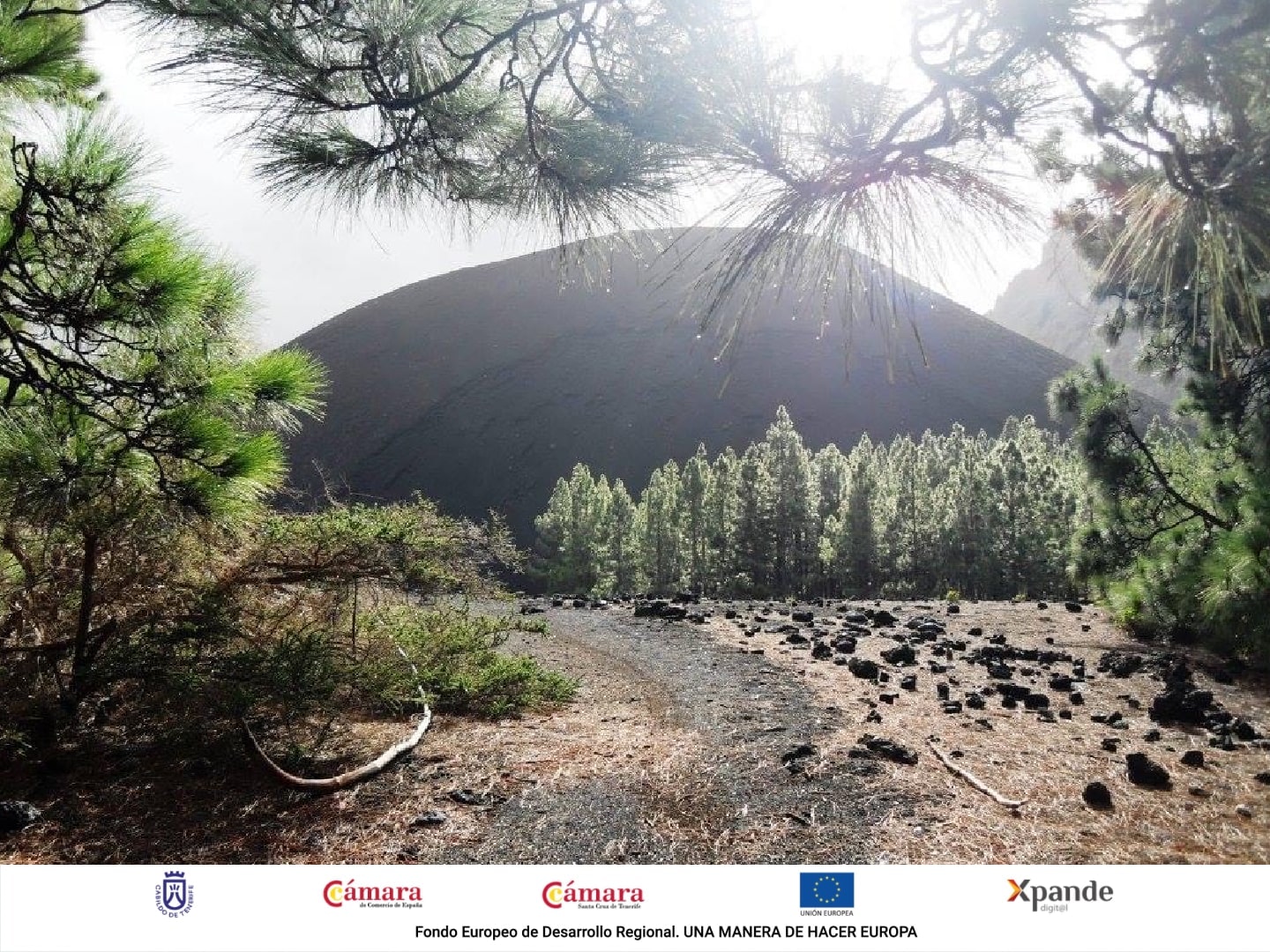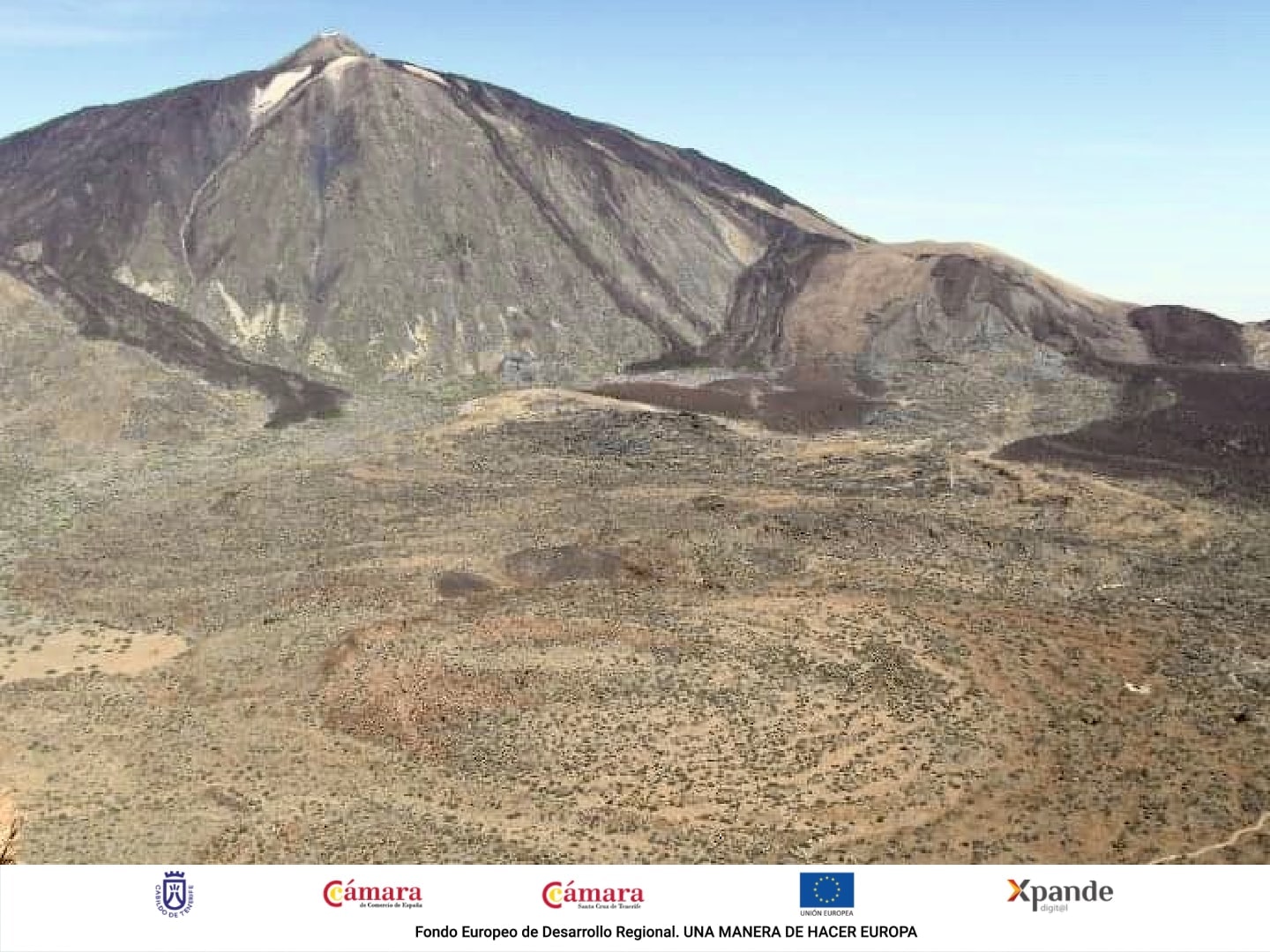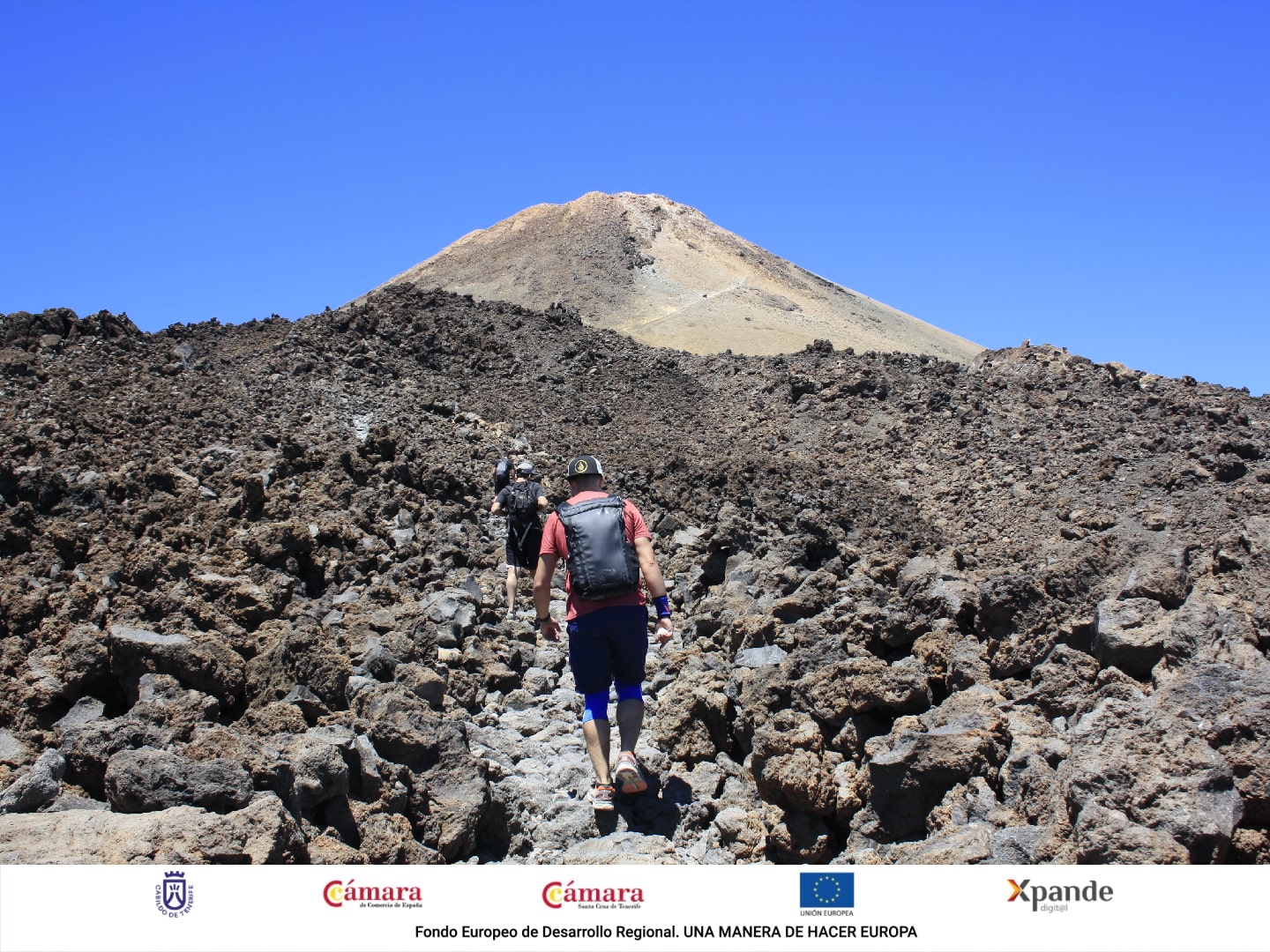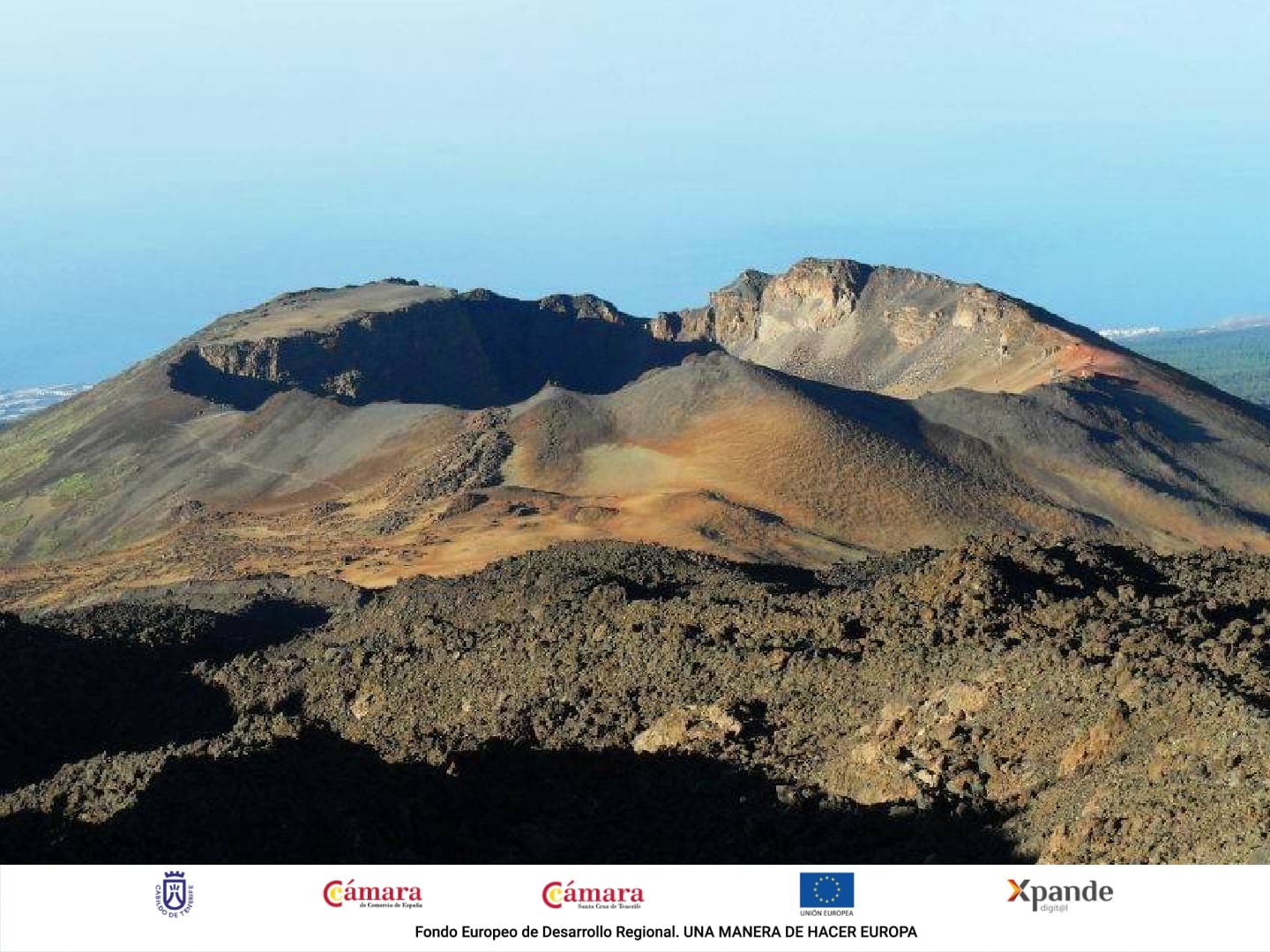—Oh, friend, how delighful Nature is!
Indeed, everything invites us to love life and bless Nature: the sun, the sky, the rough and wild vegetation that surrounds us, the calm of that morning, the greatness of Teide, the horizons tinged with violet blue.’
At Canarias Nature Guides we offer several experiences in Teide. That is why we want to encourage you to discover it in a very picturesque and original way: reminiscing the journey made by Leoncio Rodríguez.
Leoncio Rodríguez was born in 1881 in the Canary Islands, in a city of Tenerife called San Cristóbal de La Laguna. He is considered as the “father” of the press in these islands.
His intelectual skills began in the gatherings of his hometown with famous canarian writers such as Benito Pérez Armas. Throughout his youth, Leoncio Rodríguez aroused a strong interest in the island’s culture and history.
In 1935 he published the narrative ‘Estampas tinerfeñas’, which was about Tenerife, one of the Canary Islands, and described its nature, customs, history and culture.
In this work, the writer makes a revisión of the island from a poetic point of view as he visits all the places he describes. Do you want to go on this adventure? Read on!
Ascend of Teide National Park
The adventure began with them going up through Camino de la Esperanza. On this first day, the author and his expedition team cross the Mercedes mountain, passing through Pico de las Flores until they reach Las Lagunetas, surprised by the extraordinary natural beauty the landscapes had: “A virgin beauty, radiant with light, full of vigor and freshness, which has taken refuge in the solitude and mystery of these summits”.

After a break, they continued to the upper part of La Orotava, crossing what today is the protected area Natural Park of the Forest Crown, the largest protected natural area of the Canary Islands. This region is home to an important and wide variety of animal and plant species. Rodriguez could not help but fall at the foot of the majestic landscape:
The scenery on this location is of indescribable grandeur. The mountains of La Orotava, Arafo, Igueste de Candelaria and Güímar reach the vicinity of the summit, offering contrasts of beauty, streams of light and dislocations of mountains that amaze and marvel.
They spend the night in the shelter of Pedro Gil. Then, the next morning they leave to Teide. Leoncio and his expedition crossed the road from Izaña to Portillo through a forest trail from which you can see a stunning group of volcanic cones and the silhouette of Teide in the distance:

We enter now, after crossing those immense stretches of land covered with retamas*, in Llanos de Maja.
*Plural of a type of broom bush. Please note that the “retama del Teide” is a broom bush endemic to the Canary Islands.
[…]
We continue going over extensive plains, endless, whose names are enumerated by the guides.
[…]
Each of this glens has its name: Portillo, which gives access to the vast plain; Guanchero, the one that the residents of La Guancha pass; Diego Hernández, where there is a cave to shelter the walkers in Winter; Pilas, the most extensive one; Angostura, Camelita and Montón de Trigo.

Do you like what you see and want to live this same experience? At Canarias Nature Guides we offer you a fantastic Teide National Park Tour. With this guided tour in a small group (maximum 8 people) with transport included, you will learn about the rich biodiversity of the place, the natural values we try to preserve and the mountain climate, in addition to seeing the glens mentioned by Leoncio, among other things.
[…]
After passing Llano de los Infantes, we began to descend towards the glen know as “Cañada de la Grieta”, located opposite to Montaña de Guajara [...] we continued to the stands of the Observatories, where we had to stay overnight.

The next morning, Leoncio and the rest of the expedition set out to ascend the highest summit in Spain. We should not ignore the work of the guides who, although not often mentioned in the text, accompanied the expedition while doing a silent and hidden work: they provide security, information, organization and sacrifice. In fact, in the past, the local guides carried a lot of weight on their backs so that the tourists did not lack anything, cooked for them and did any other work that would facilitate their trip.
At Canarias Nature Guides we also want to make things easier for you and enrich your experience in Tenerife. With our activity Hiking to Pico del Teide, we will take you along the trail of Montaña Blanca, we will pass by Altavista Refuge and we will reach the highest peak in Spain. And not only that, but as we are historians, we will gladly explain to you the botanical attractions of the route, the work of ancient crafts such as “neveros” and “azufreros” and the geological origin of the place along the way.
When they finally take their first steps in the cone, the author describes the blackness of the earth, the presence of “retamas” and a “Violeta del Teide” (or Teide Violet, flower that is exclusively found in the caldera of the volcano). They continue walking through Montaña Blanca where they see "On their slopes, on the ochre bed of the sand, huge obsidian stones, bright as jet''.
They continued the arduous climb until reaching...
Alta-Vista! shouts the guide ahead.
We have reached 3,000 meters high. Down there are the glens with their tiny “retamas” and, beyond, the central mountain range, without edges or prominences. Everything has gotten smaller. An invisible hand seems to have flattened and softened the back of the island.

In Altavista Refuge they were able to make a brief rest before suffering the worst part of the route due to the lack of oxygen caused by the altitude, known as “altitude sickness”:
At every meter we go we have to stop because our breathing becomes fatiguing and the blood rushes to our temples [...] we still have a long way to go up “Pilón de Azúcar”.
Pilón de Azúcar is the last volcanic cone of the Teide, madeby the last eruption and after the crater of La Rambleta. In it is the crater Pico del Teide with 80 meters of diameter.
Finally, after the last slope, a dense burst of sulphur gases announces the proximity of the crater. [... ] In a few moments, our cry of triumph was heard at the summit of the volcano. “Long live Teide!”

[…]
The volcano continues to emit smoke; the wind blows harder and the cloud starts to envelop the landscape. We only saw, breaking the thick veil, the crests of Guajara, illuminated by a reddish glow, and Pico Viejo, wrapped in a cluster of mists."

Climbing Teide and observing the views that it offers is an experience that every traveller needs to experience. If you are visiting Tenerife and want to become a real local adventurer like Leoncio Rodríguez, check out the routes and excursions we offer to Teide and its neighboring volcanoes.
The trip will be unforgettable!
Rodríguez, L. (1935). Estampas tinerfeñas. Santa Cruz de Tenerife, Spain. Extracted from https://mdc.ulpgc.es/utils/getdownloaditem/collection/MDC/id/44183/filename/80666.pdf/mapsto/pdf